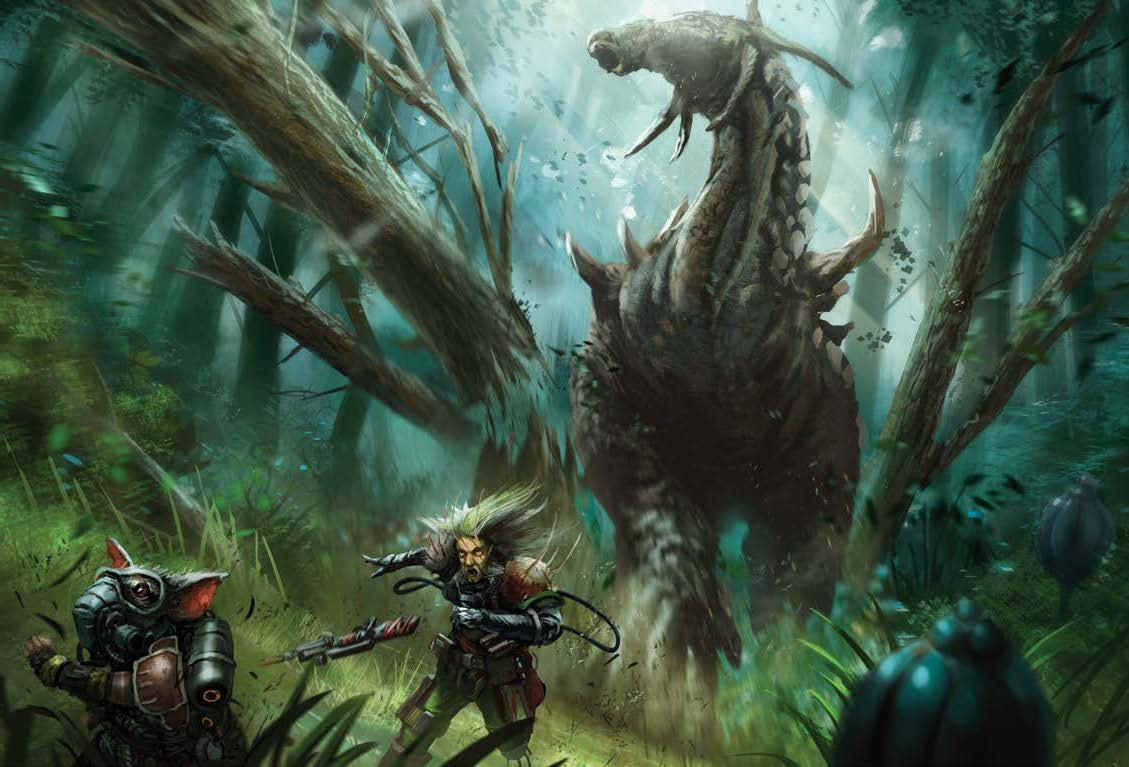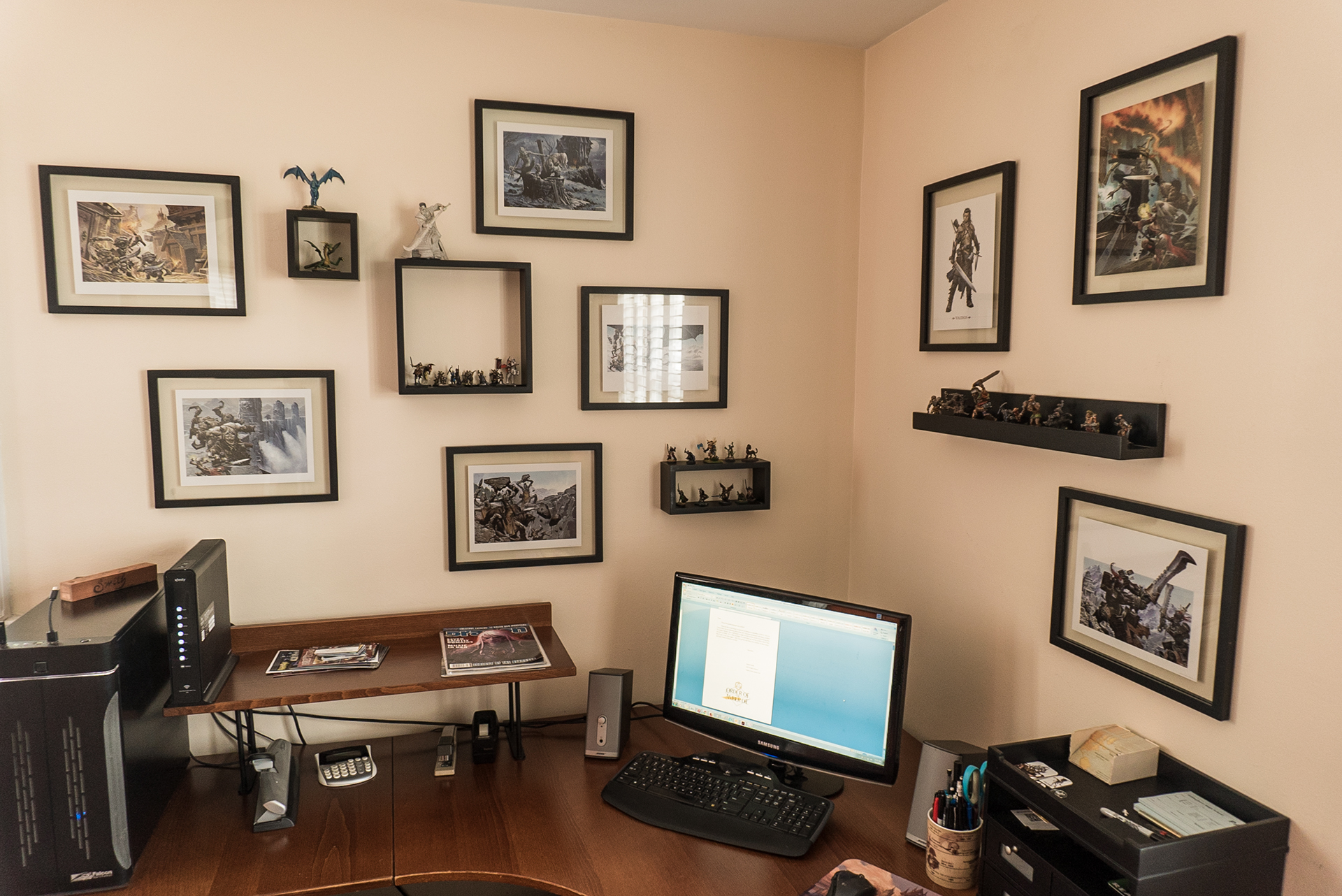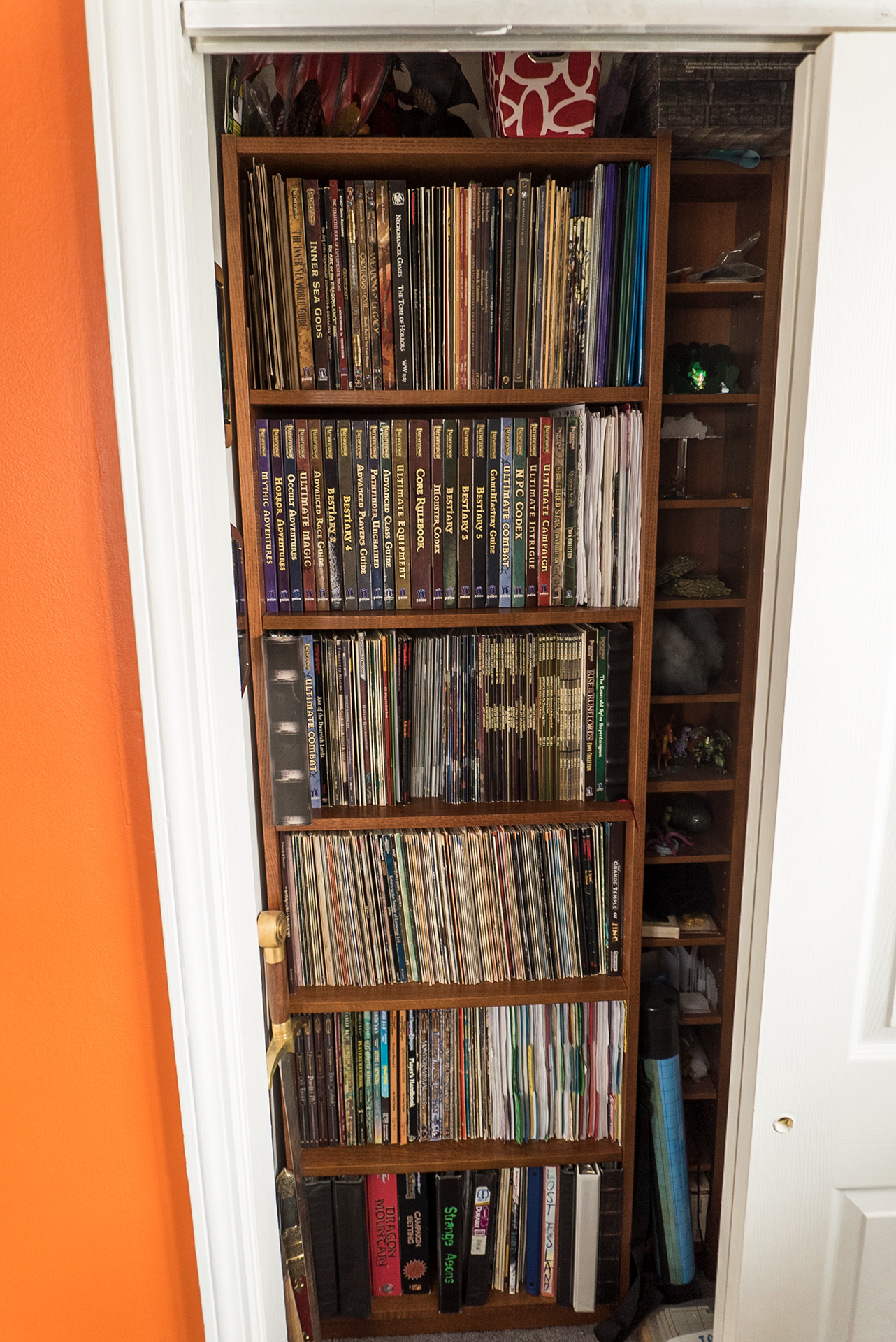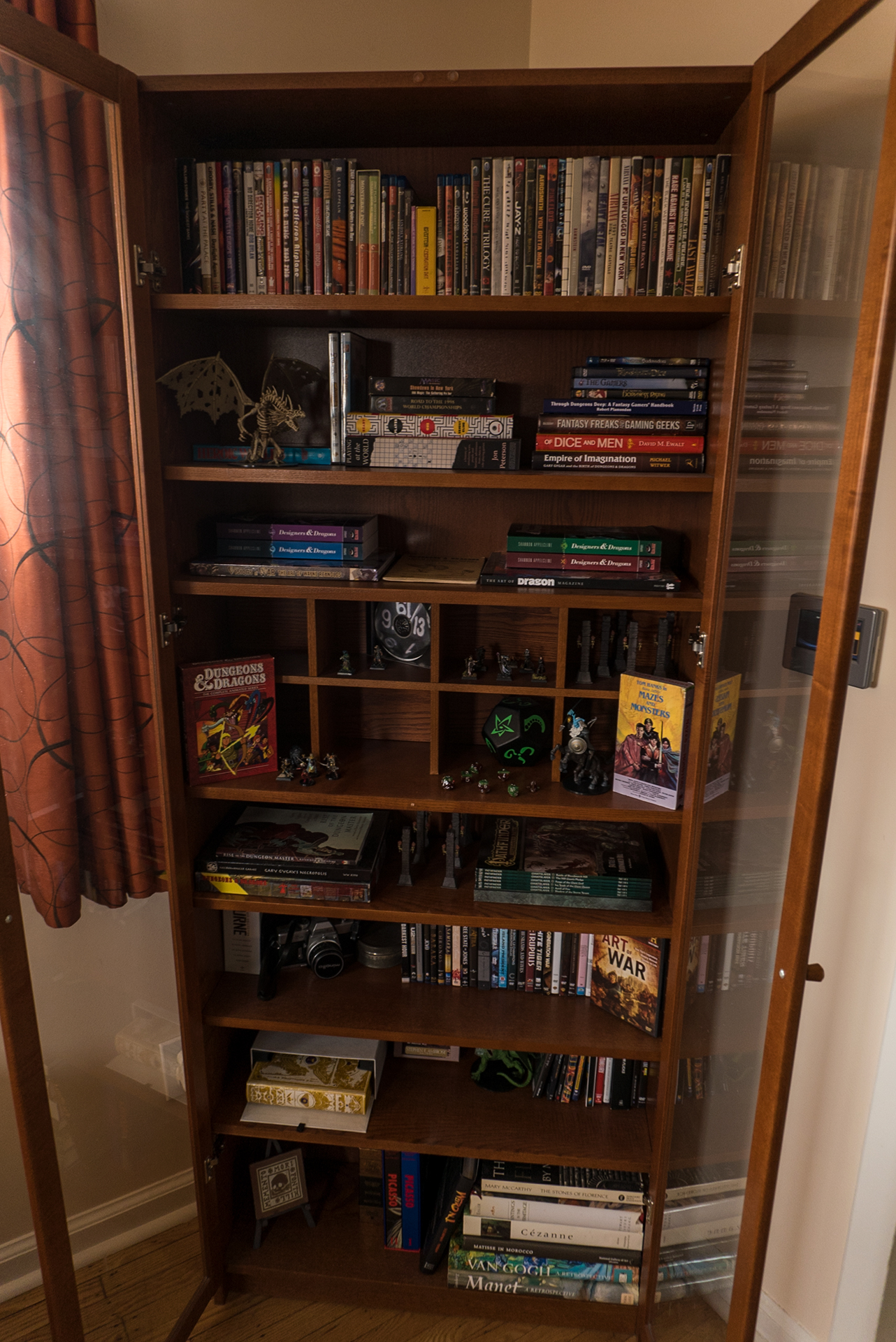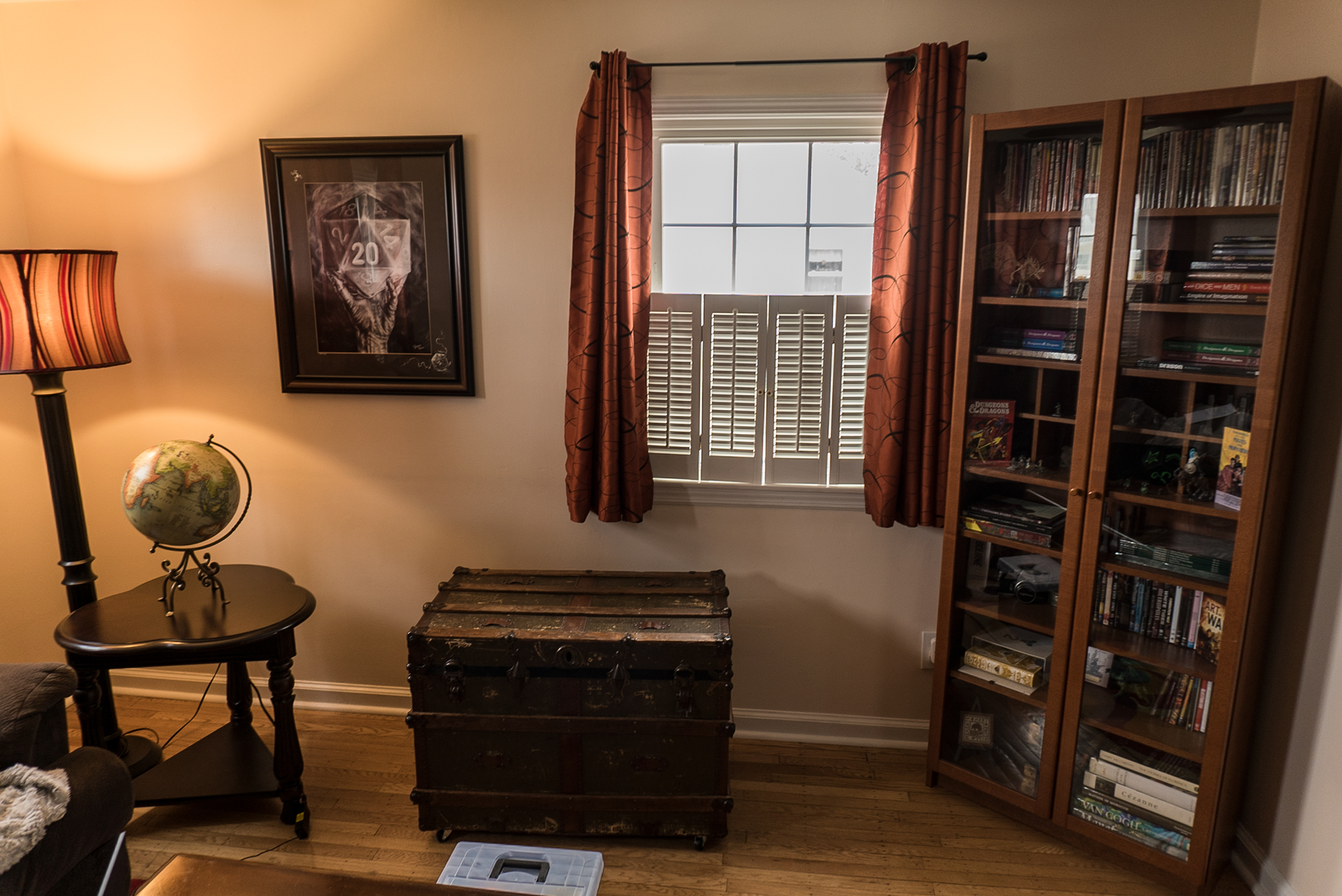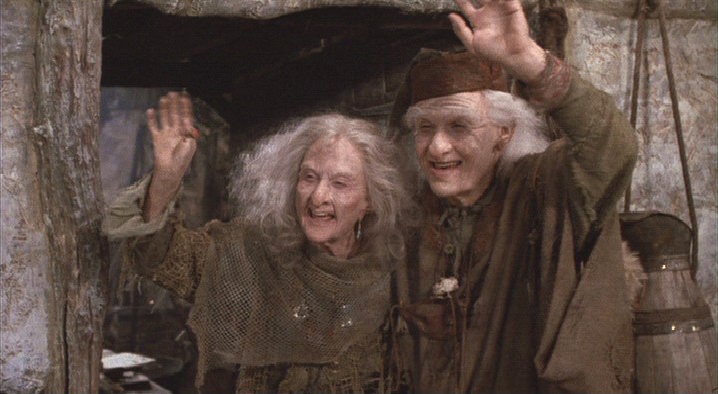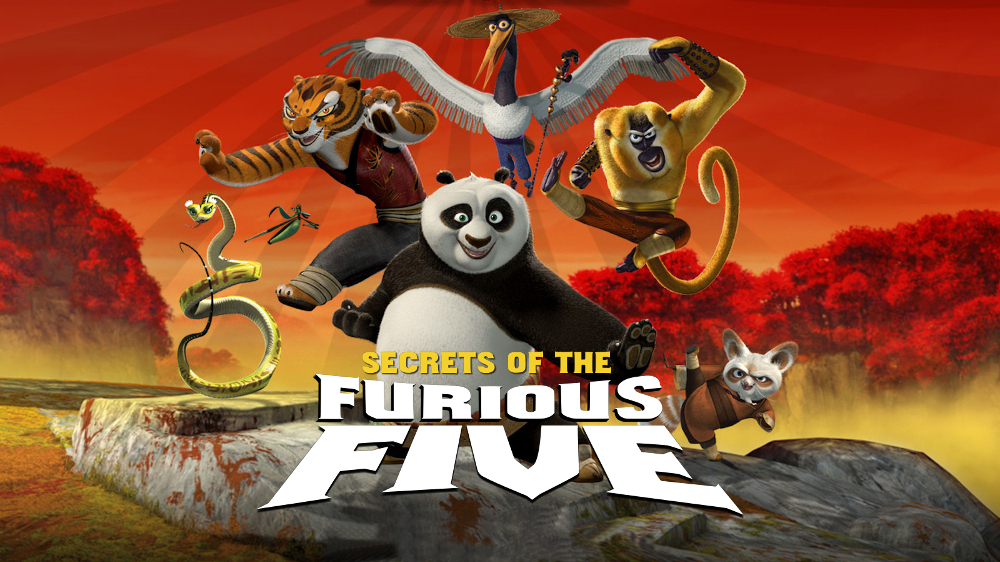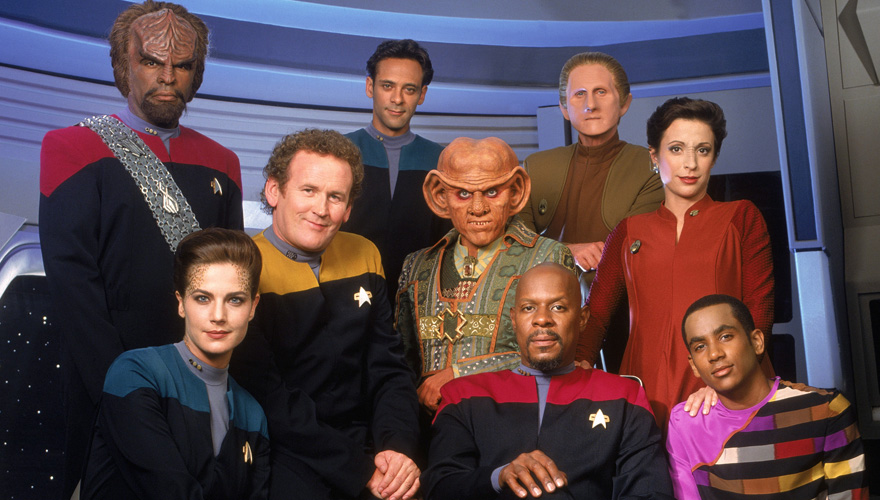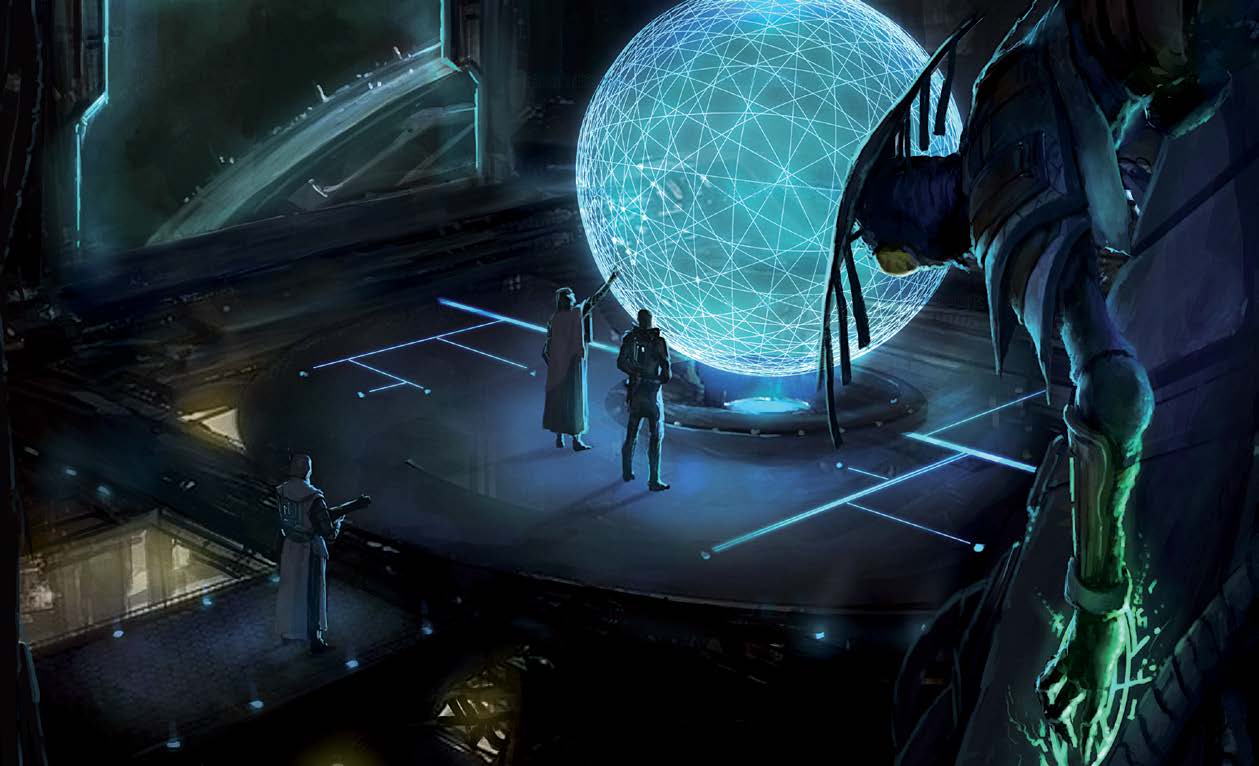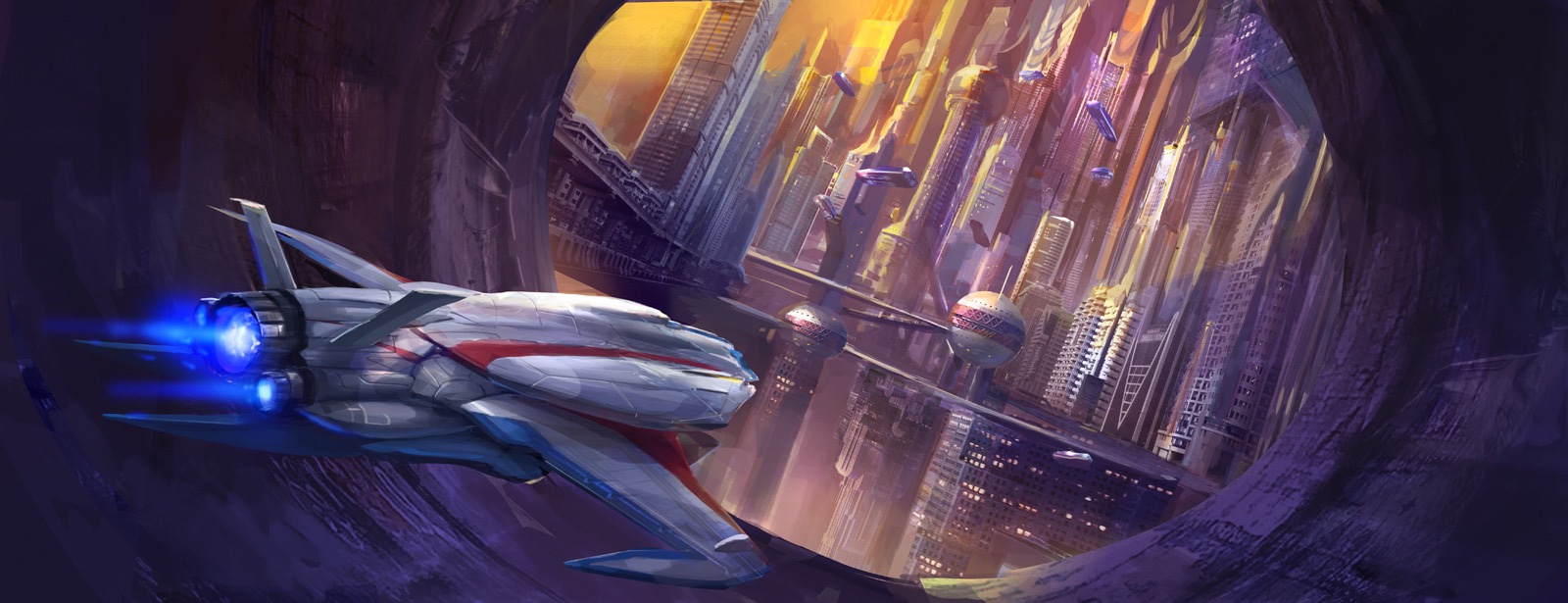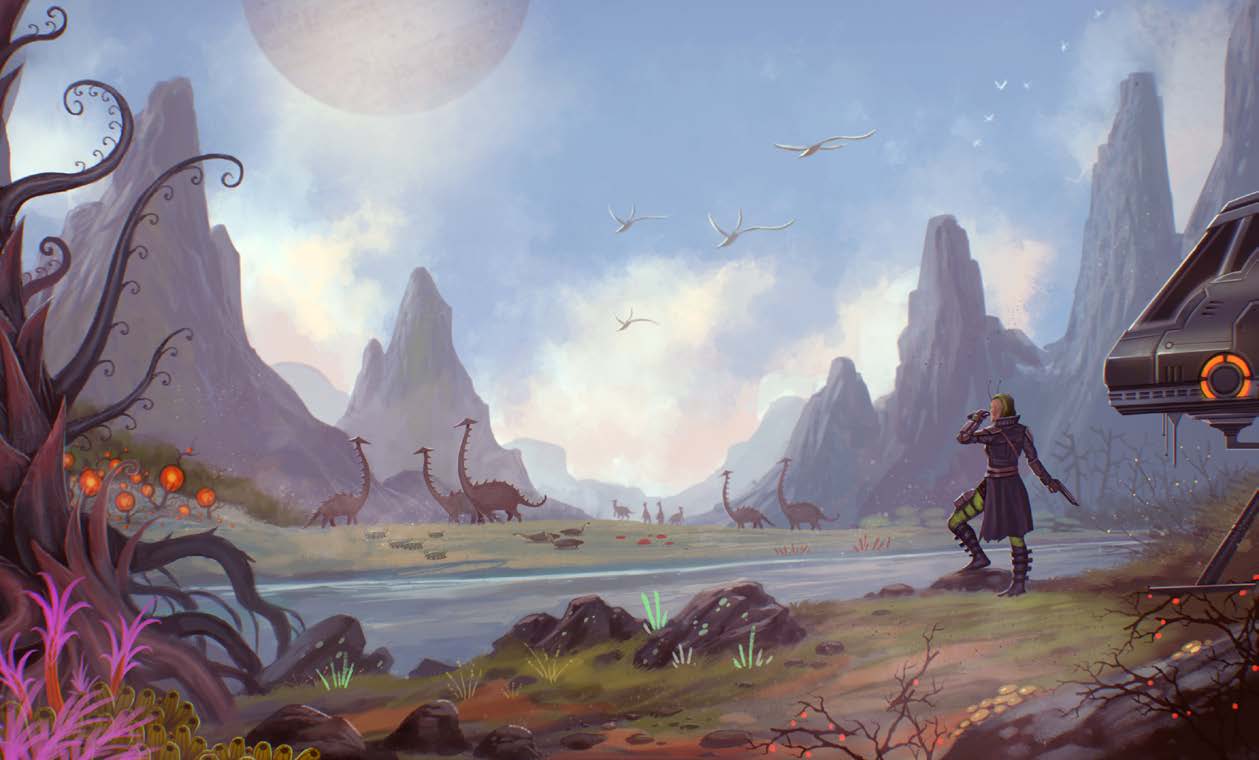Jason recaps the events from Roll For Combat, Episode 031: Welcome to Ukalam Park!.
I wanted to start this week with a quick logistics/scheduling note regarding the Society shows. One of the things we’re going to try for the Society shows is to just have one wrap-up Talking Combat instead of doing a separate one for each part. It just feels like they might work better as self-contained pieces, and as a personal bonus, it might make my writing workload a little easier. If that becomes unwieldy or doesn’t feel like it’s working, we’ll change it up, but for now, that’s the gameplan. So if you’re expecting Society Part One this week… just read this twice and hang tight, I guess.
Having dispensed with that bit of bookkeeping, it’s finally time to head out to the jungle. Annnnnnd… this sucks. Let’s go back. It’s pretty quickly evident that it’s going to be a wild ride.
First, the general sci-fi fan in me wants to ask the obvious question – why can’t we just teleport right to the destination, again? I mean, the technology certainly exists – the game has both teleport and interplanetary teleport spells. As a rules issue, I’m sure there are reasons – we don’t know the specific destination, maybe it’s got an anti-magic field, etc. At a meta-story level, if we could teleport, so could the bad guys and this adventure would be really short. All I know is you didn’t see Jean-Luc Picard slogging around any damn jungles.
It didn’t really crop up in this episode because we elected to keep our armor on, but there’s the ongoing issue of managing the heat. So… we don’t have enough days on our armor to go all the way out and back, and each day we don’t have protection, we have to make a crap-ton of Fortitude saves. Granted, the damage, if we fail, is non-lethal damage, but it’s still a pain to deal with. It turns out there’s a perfect armor upgrade for this situation (the Thermal Capacitor) but at 3600 a pop, that’s a pretty painful purchase.
Since we can only get delayed, not lost, navigation is a lesser issue, but it’s still annoying. Take the fairly easy roll for nine miles, or take a riskier roll on anything from 4 to 12 miles. I figure Hirogi’s the one who has to make those rolls, so for now, it’s his call. He’s the one we’ll make fun of if we get lost. That said, my personal vibe would be to take the safe nine and push harder if we get concrete evidence that we’re catching up or falling behind.
Although we screwed around with food quite a bit in the previous episodes, it’s now looking like the least of the concerns. We’ve got plenty of rations, and even if we run out of those, you can use Survival to scrounge off the land. (I had a rogue in a previous Pathfinder campaign that pretty much lived that way the whole time.) Someone on our Discord channel pointed out the Ring of Sustenance or the Clear Spindle Aeon Stone also solves this problem, and we even have one of the latter. That said, at 245 for the stones, it wouldn’t have been the worst idea to buy three more of those and be done with it. Maybe I’ll put one on my “Retroactive Problem Solving” shopping list.
As an aside: “solving the previous problem” is one of those bad habits for me as a player in general. I sometimes get a little too fixated on some previous situation that went badly and try to solve it in the future instead of just moving on. We get into a rough fight in darkness, I take Blind-Fight as my next feat. Have a slog where food becomes an issue, go out and buy an Aeon stone. The beautiful irony is that far too often, this becomes a means of reverse-engineering Murphy’s Law: ensure a situation never comes up again by wasting resources on the tools to deal with it. Sometimes you just gotta forget it and move forward.
Now, what do we have to deal with a herd of stampeding dino-beasts?
Well, crap. Got nothing in the old backpack for that.
Let me say that I like this encounter on a theoretical level. Getting chased Jurassic Park-style by a herd of dinosaurs is a pretty great concept, and the mechanics were fun. It’s got a nice little ebb and flow to it, and it’s a nice “something else” – it’s not combat and it’s not a “talky” social challenge. If I was running a different character, it probably would’ve been a lot more fun.
Unfortunately, Tuttle was absolutely the WRONG character for this challenge. Basically, the encounter relies on all the skills Tuttle sucks at – he can’t Bluff or Intimidate, he has no strength for Athletics, he’s decent at Stealth (+6), but hiding doesn’t move the encounter forward, it just keeps Tuttle safe. So basically my job was to hide out and let Rusty and Hirogi get us out of this mess. I suppose by that definition I was reasonably successful – at least when AoE tree-bombs weren’t going off and showering everyone with splinters.
If there’s a silver lining, it’s to be found in that gunshot. Does that mean we’re catching up to the group that kidnapped Dr. Solstarni? Or did they just leave someone behind to slow down anyone who might be following? Or is it even possible there’s a third party out here? I’d like to believe it’s the first, but I guess we’ll just have to keep pushing forward and find out.
Also – and I TOTALLY admit I’m metagaming here – I hope the fact that the bridge collapsed behind us means there will be some streamlined alternative means of getting back (ala finding the Sunrise Maiden in Episode 1). If not, I guess we’re going to have a fun time getting back across that chasm. THROW ME THE WHIP, I’LL THROW YOU DOCTOR SOLSTARNI.
This week, the Amber Die interview is going to get the slightly shorter end of the stick, but I did want to touch on a few points.
First: the idea of doing “homework” is something I totally support. First, I think there’s a level of preparation that’s common courtesy to other players. Everyone has to double-check a rule now and then, but if you’re constantly digging through the rules to understand the basic mechanics of your character, you’re wasting people’s time. Above and beyond that, playing with this group where we live in different cities and have a limited amount of time each week – it’s really enforced a certain level of discipline over the years. We really want to hit the ground running and get the most out of them, and preparation is so key to that. With email, chat tools, cell phones, there’s a LOT you can do between sessions to maximize the time you spend at the gaming table (real or virtual).
The other thing I wanted to briefly discuss is the conversation about death penalties. I think my guiding principle on death is that the penalty should be inversely proportional to the intelligence of the decision-making that led to the death. I’m of a mind that if you do everything right and happen to get a bad beat, the GM ought to be willing to make the death penalty more forgiving or perhaps even – as Steve mentioned – trade death for some other lesser punishment that has different long-term consequences. Conversely, if you’re a dumbass and run right into the Grim Reaper’s scythe because you’re making poor choices, not working as a team, etc. – I think the penalty can and should be fairly stiff. Having said that, “stiff” is relative in this context – I think any penalty should be one that lets the player get back in the action fairly quickly, because there’s nothing more demoralizing than being the one player at the table who gets to watch everyone else have fun. Maybe you can root for your teammates for an hour or two out of esprit de corps, but at some point, you want to get back in the fight, and if your GM is going to wait hours or even multiple sessions to deal you back in… that kinda sucks.
Anyhow, I’m going to wrap it up here. I still have to change all my social media account passwords so I can’t log in and accidentally see any Infinity War spoilers. (Because of a pre-existing commitment, I can’t see it until Sunday. ARGH!) Next week, we’ll delve deeper into the jungles of Ukulam where things get even hairier for Team RFC. In the meantime, our Discord channel is always pretty lively, so drop on by and join the fun.
Fun that I won’t see until some time Monday. Don’t blame me, blame Thanos.

